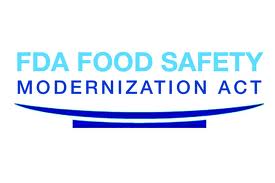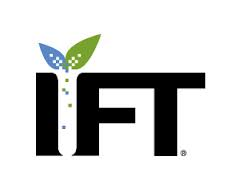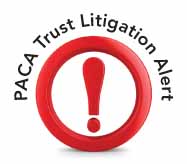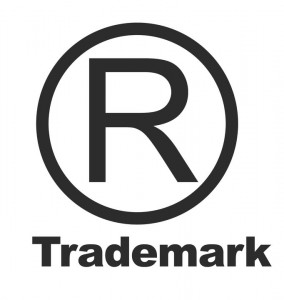 As reported by The Packer (and announced by the FDA), “the FDA is reopening the comment period for a draft risk assessment for certain food facilities that include farm packing operations for fresh fruits and vegetables.” See FDA Reopens Comment Period on Food Facilities.
As reported by The Packer (and announced by the FDA), “the FDA is reopening the comment period for a draft risk assessment for certain food facilities that include farm packing operations for fresh fruits and vegetables.” See FDA Reopens Comment Period on Food Facilities.
To be clear, comments on the FDA’s “Draft Qualitative Risk Assessment of Risk Activity/Food Combinations for Activities (Outside the Farm Definition) Conducted in a Facility Co-Located on a Farm” are DUE ON MAY 16, 2013.
Here is a link to the Risk Assessment: DRAFT Qualitative Risk Assessment Risk of Activity/Food Combinations for Activities (Outside the Farm Definition) Conducted in a Facility Co-Located on a Farm
For those of you who have not yet read the risk assessment document mentioned above, this document addresses the various activities that occur on farms and other food facilities and categorizes the activities based on risk to human/animal health. Make no mistake, a food facilities’ activities will directly affect its registration classification (high risk or low risk). Specifically, the FDA will subject high risk food facilities (based on activity conducted therein) to more frequent inspections and other increased scrutiny. Low risk food facilities are subject to a more lenient inspection schedule because the activities conducted in low risk facilities present a lower risk to human/animal health.
This rule recognizes that food facilities are often co-located on farms, but the activities conducted at the facility could be very different from the types of activities conducted on the farm itself. As such, this rule provides a way for to classify food facilities based on the realities associated with they types of the activities actually conducted at the facility and without regard to its location or association with a high risk food facility or farming operation. The differences will save the industry money in terms of the cost of legal compliance and that makes this document worthy of comment.
More importantly, the Risk Assessment document provides detailed responses to the following important questions:
Question 1: What are the foods that would be manufactured, processed, packed or held by a farm mixed-type facility?
Question 2: What are the activities that might be conducted by farm mixed-type facilities on those foods?
Question 3: What are the hazards reasonably likely to occur in those foods?
Question 4: For the purpose of determining whether an activity/food combination is low risk, which hazards should be considered to have a reasonable probability of causing serious adverse health consequences or death?
Question 5: For the purpose of determining whether an activity/food combination is low risk, what foods have inherent controls that significantly minimize or prevent a biological hazard that is reasonably likely to occur in these foods and that is reasonably likely to cause serious adverse health consequences or death?
Question 6: What interventions significantly minimize or prevent a hazard that is reasonably likely to occur in these foods and that is reasonably likely to cause serious adverse health consequences or death?
Question 7: Which of these activities are reasonably likely to introduce, or increase the potential for occurrence of, hazards that are reasonably likely to cause serious adverse health consequences or death and what are these hazards?
Question 8: Which of these activities are interventions to significantly minimize or prevent hazards that are reasonably likely to cause serious adverse health consequences or death from consumption of these foods?
Question 9: Which activity/food combinations are low risk?
Please take the time to read this document and exercise your right to comment upon how it affects your business. Now is the time to voice any concerns.
 On April 2, 2013, the FDA issued a Notice extending the comment period on the Institute of Food Technologists’ findings and recommendations to the FDA for the improvement of tracking and tracing food under FSMA. The new deadline to submit comments on the IFT’s report is July 3, 2013.
On April 2, 2013, the FDA issued a Notice extending the comment period on the Institute of Food Technologists’ findings and recommendations to the FDA for the improvement of tracking and tracing food under FSMA. The new deadline to submit comments on the IFT’s report is July 3, 2013.


 This week the FDA launched an updated its Frequently Asked Question & Answer (“FAQs”) section to include detailed areas on the two recently introduced food safety rules, which addressed preventative controls and produce safety.
This week the FDA launched an updated its Frequently Asked Question & Answer (“FAQs”) section to include detailed areas on the two recently introduced food safety rules, which addressed preventative controls and produce safety. If you operate in the food space and offer branded products and/or if your company name is valuable, please read this entry. Beginning on
If you operate in the food space and offer branded products and/or if your company name is valuable, please read this entry. Beginning on 
